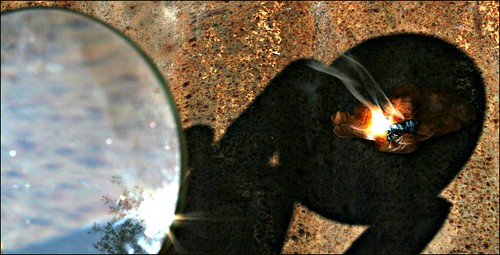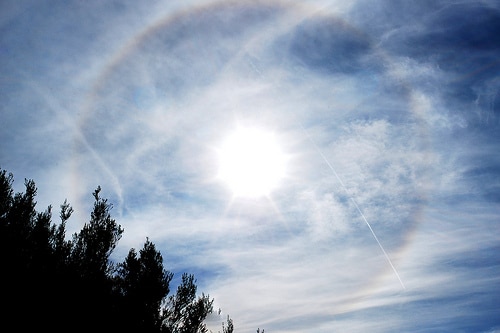Solar: Yesterday, Today and Tomorrow
Solar energy is a hot topic these days. Solar power, along with other forms of alternative power, continue to gain popularity not only with individuals but with companies, governments, manufacturers, etc.
You may be aware that global wind energy took a big jump in 2009. And while that is a great and needed advance in the alternative energy arena, solar energy also managed to hold on strong. Per a report from the Solar Energy Industries Association, the U.S. solar energy industry continued to expand in 2009. Residential photovoltaic (PV) installation doubling in size was a key factor that helped rocket solar energy installations by 37% in 2009.
But let’s be honest, State and Federal incentives and credits may have had a little impact on that increase as well.
Here’s a quick look at how photovoltaic solar cells got where they are today:
As we know, the sun has been used as a source of power and energy for centuries. As early as the 7th century B.C. man was using the sun’s rays to make fire or even to burn ants (which is something kids still do today to show the power of the sun).
Between the 1st and 4th centuries A.D. Roman bathhouses would often have south facing windows and/or open roofs to let in the sunlight and use it to warm the bathhouse.
That type of design is still used in buildings today so homeowners and business owners can take advantage of the natural light/warmth the sun provides. It saves on heating and electric expenses without even the need for solar panels.
Skylights, daylights, lots of windows or even a small atrium are simple and relatively inexpensive ways to let the sun provide light and warmth to a building.
In the late 1700’s Horace de Saussure was credited with building the world’s first solar collector. That same solar collector was what Sir John Herschel used on his South African Expedition, during the 1830’s, to cook his food.
De Saussure also put together a small greenhouse around the same time period, in order to test how effective glass would be at harnessing the power of the sun.
Greenhouses and solar ovens/cookers continue to provide us with a way to grow and cook using the power of the sun. Go here for more information on de Saussure’s work.
In 1839 French Scientist Edmond Becquerel discovered the photovaltaic effect. Years later, in the early 1900’s, Albert Einstein even got into the “solar field” when he published a paper on the photoelectric effect. His research and paper helped win him a Nobel Prize in 1921.
In the 1940’s, as a result of scarce energy due to WWII, many families and builders voiced a strong demand for solar.
Then in the early 1950’s Photovoltaic technology was officially born in the U.S. At the Bell Telephone Laboratory, three men developed a silicon PV cell. It was “the first solar cell capable of converting enough of the sun’s energy into power to run everyday electrical equipment“.
The initial solar cell had 4% efficiency and was later improved upon to reach 11% efficiency. Since then different solar cells vary on their efficiency and even include solar cells that collect energy at night.
Towards the end of the 50’s, despite the fact that the silicon solar cell hadn’t caught on commercially, it did become the accepted energy source for space applications/satellites, etc. It remains so today.
Now we not only have solar panels on our roofs, but we have solar shingles, solar skylights that pump energy into dark interior spaces, solar vehicle charging stations, entire solar farms, solar heaters, solar lights, solar cookers, solar radios, solar flashlights, solar spray, solar cell phone chargers, etc, etc. I could go on and on.
However, renewable energy sources on Earth, such as wind and solar, will only be able to go so far. How long until we no longer want to see large wind or solar farms polluting the landscape and taking up every inch of usable land in order to generate enough energy?
Well, that’s where Space Solar Power hopes to step in as a possible future for solar energy. By using space-based systems, the sun’s energy can be captured and converted into usable power here on Earth.
The future of solar continues to evolve as we learn and experiment with new and brighter ideas on how to capitalize from the energy of the sun. Where do you think the future of solar is going to lead?
For a more complete history of solar, check out “The History of Solar” from the U.S. Department of Energy.









nan
Great post, Tara! I love this!